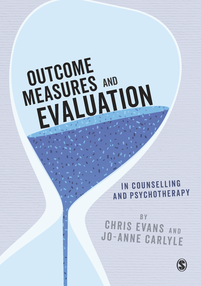This post is available in: English Italiano (Italian), there may also be a subsite in your language, see "Subsites" in the top menu.
Page created 31/7/15, updated 17/2/19 for the new site and to reflect change for Maltese translation and changes happening in different countries.
This is rightly becoming a Frequently Asked Question and we’ve given it quite a bit of thought.
All our UK instruments currently use the binary classification “Male/Female” if they do ask about gender. We can see that this increasingly unsatisfactory as our society slowly recognises the non-binary complexities of gender identity and gives increasing respect to gender fluidity and complexity with the new openness to the number of such identities. We can see that optimal non-binary categories for gender identity have not been agreed yet.
We recognise that persisting with the M/F binary is disappointing or frankly offensive to people who identify with a different category. Whilst we recognise this we have always tried to keep demographic variables and their categories in line dominant referential data. In the UK such guides are the census classification, NHS data dictionary and the Integrated Household Survey (former General Household Survey). As of our last check, all of these currently remain binary.
For now we have chosen to stay in line with those referential definitions but we are sure they will change, and we hope quite soon. ~When they do, we will change the UK forms to reflect that. Clearly at that point there will be a real need for funding of good work to look again at how gender categorisations relate to distributions of scores on measures (any measures, nothing in this is specific to CORE), both scores in help-seeking and “non-clinical” populations.
Where I have co-led a translation in a country that has officially adopted non-binary gender categories I will try to fit the gender options on the translated CORE forms to that categorisation. The first example (in late 2018) has been the translation of the CORE-OM into Maltese as Malta has officially recognised a third (“X”) category which was easy to add to the CORE-OM and short form PDFs.
I believe there are also translations for languages used in countries that have also introduced non-binary translations (Germany? Canada?) I think this will mean that I may have to create country specific PDFs for languages used across languages with different categorisations. Work in progress as of 17/2/19. Please contact me (CE) if your country has officially adopted a non-binary categorisation that we’re not using. Please point me to the official guidance (and translate enough so I can understand it!)
This is clearly an FAQ entry that will need to be updated much more frequently in the future.


